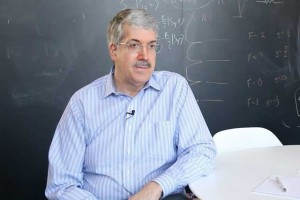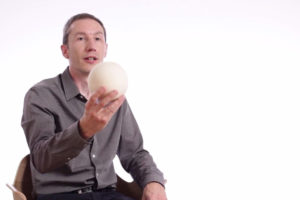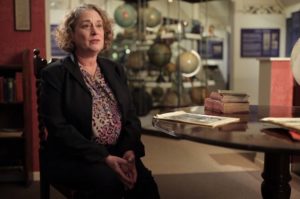Matter and Antimatter Symmetry
Physicist John Doyle on the Big Bang, time-reversal symmetry, and the electric dipole moment of the electron
Which conditions are necessary for successful development of academic community? What were the obstacles for obtaining higher education in mathematics in 1960s and 1970s in the Soviet Union? Lecturer in History of Mathematics at Massachusetts Institute of Technology Vyacheslav Gerovitch speaks on the system of parallel education in the Soviet Union.
Historians often suggested that many talented young people went into mathematics in the Soviet Union because mathematics was relatively free from ideological interference, unlike biology, with the Lysenko affair, or philosophy – fields that were heavily influenced by government policies and Party ideology. It’s a possible explanation, and it explains why there were so many talented people in mathematics. Another explanation is the so-called “blackboard rule” – that Soviets excelled in those disciplines which did not require heavy dependence on equipment, on government subsidies, where just a pen and paper or a blackboard and chalk would do. There they could rely on themselves, essentially, to produce scientific results. This is also a plausible explanation that you don’t need any special condition to succeed. But just having talented people and having sufficient conditions to succeed does not necessarily produce a viable and vibrant academic community.
There were all sorts of limitations and restrictions on the functioning of the mathematical community, which made the emergence of a golden age seem quite unlikely. Even though you have these talented people, even though they don’t need anything more than paper and a pencil, but they didn’t have the infrastructure that would support the functioning of the community. And still the golden age did occur. And it occurred because that infrastructure was created – a parallel, in some sense, alternative infrastructure that in some sense complemented the existing official institutions, and in other senses existed independently from them.
Finally a very important social space where these formal and informal researchers interacted was a system of open seminars at Moscow University. The system of courses for undergraduates at Moscow University was complemented by dozens, if not hundreds, of different open seminars offered by university professors to the student body and also to those who were able to get in and walk into the Moscow University and get to the seminar room. These seminars offered latest instruction in latest developments in mathematics that couldn’t find its way into the rigid mathematics curriculum, but was accessible through the system of seminars. Probably the most famous of those seminars was the seminar run by Israel Gelfand.

Physicist John Doyle on the Big Bang, time-reversal symmetry, and the electric dipole moment of the electron

Physicist Xavier Bekaert on the properties of symmetry, homogeneity of universe, and why every point in the sp...

Historian and Philosopher of Science Liba Taub on Aristotle, the cattle problem, and art as a means of science...